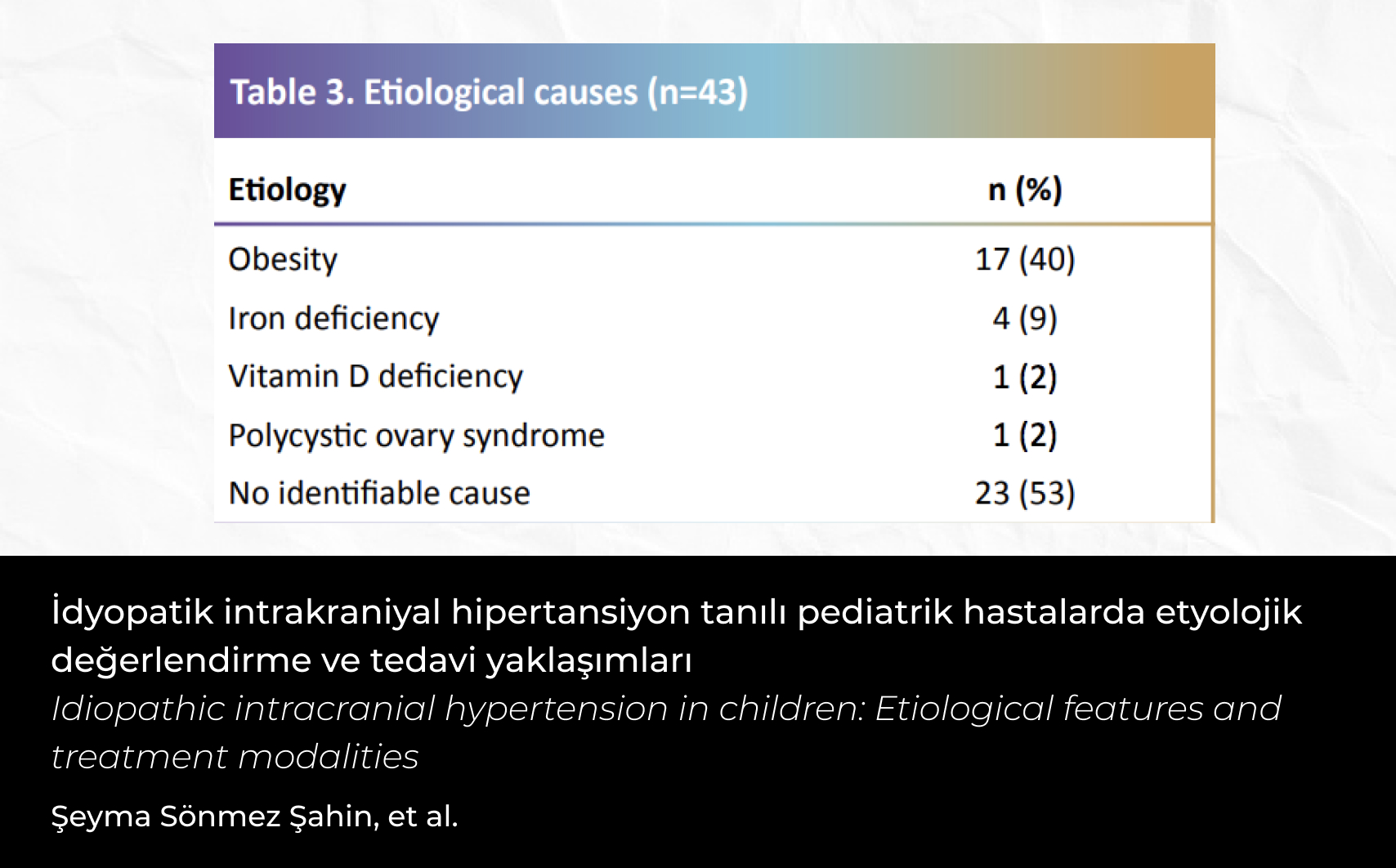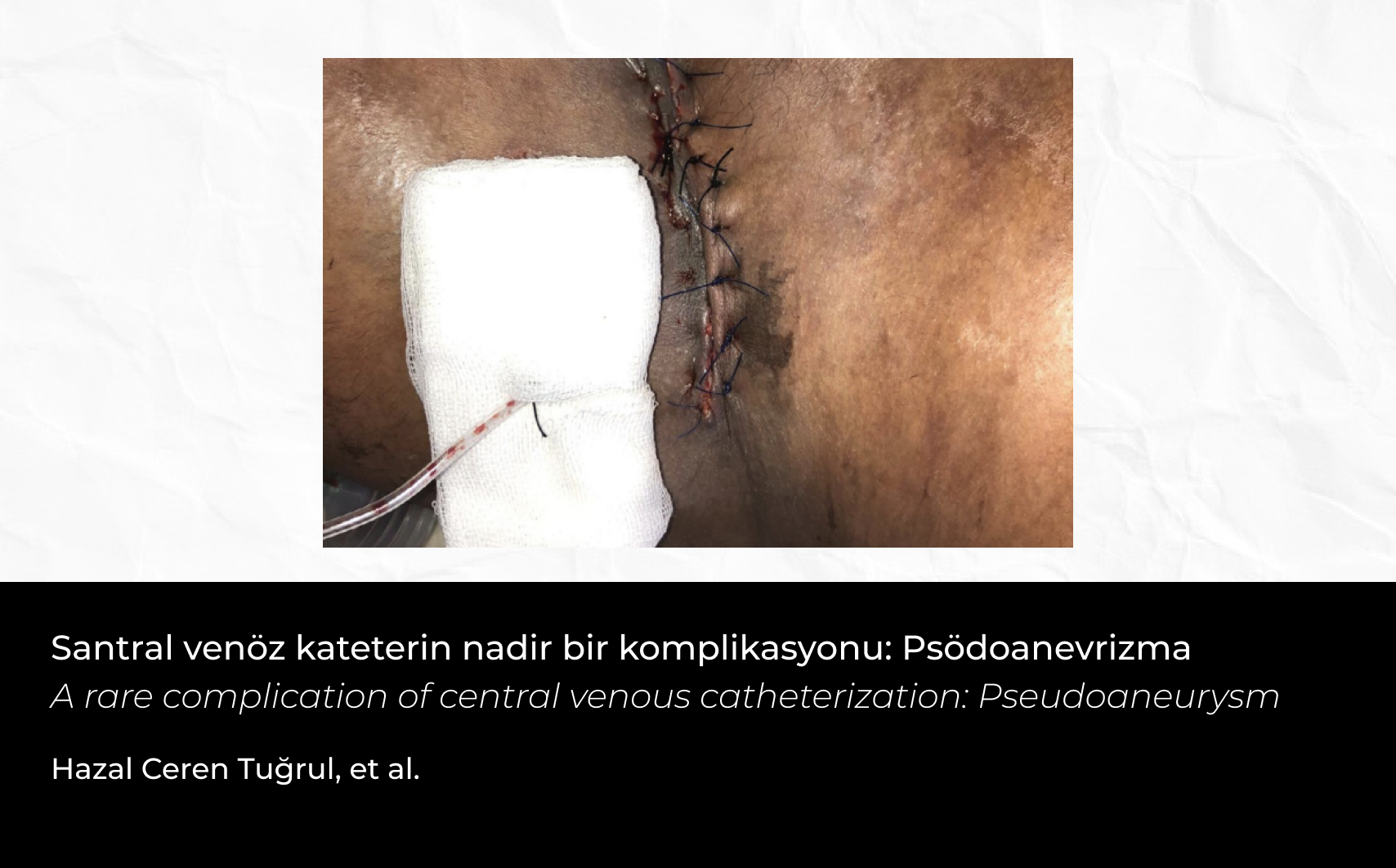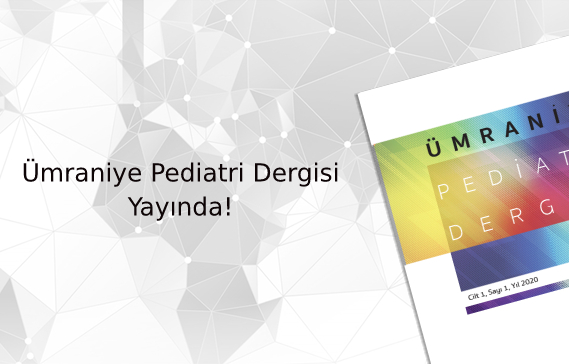2Sağlık Bilimleri Üniversitesi Ümraniye Eğitim ve Araştırma Hastanesi, Çocuk Alerji ve İmmünoloji Kliniği, İstanbul, Türkiye
3Sağlık Bilimleri Üniversitesi Yüksek İhtisas ve Araştırma Hastanesi, Çocuk Alerji ve İmmünoloji Kliniği, Bursa, Türkiye
Özet
Amaç: Bu çalışmada, çocuk sağlığı ve hastalıkları bölümünde görev yapan asistan hekimlerin anafilaksi ile ilgili bilgi düzeylerinin ve anafilaksi eğitiminin bilgi düzeylerine olan etkisinin değerlendirilmesi amaçlandı.
Gereç ve Yöntemler: Tanımlayıcı tipte olan çalışmada, İstanbul’da üçüncü basamak bir hastanenin çocuk sağlığı ve hastalıkları bölümünde görev yapan asistan hekimler çalışmaya dahil edildi. Hekimlere anafilaksi ile ilgili bilgilendirici yüz yüze eğitim verildi. Eğitim öncesi ve sonrasında hekimlere anafilaksi ile ilgili bilgilerini değerlendiren soru formu uygulandı. Hekimlerin yaşı, cinsiyeti, meslekteki çalışma süreleri de çalışma kapsamında değerlendirildi.
Bulgular: Katılımcıların medyan yaşı 29,0 (26,0–42,0) yıl olup, %63,3’ü (n=19) kadın, %36,7’si (n=11) erkekti. Hekimlerin tamamı daha önce anafilaksi olgusu ile karşılaştığını ve adrenalin ilacını gördüğünü, çalıştığı bölümde adrenalin ilacını bulundurduğunu belirtti. Eğitim öncesinde asistan hekimlerin tamamının doğru yanıtladığı tek soru anafilaksinin hayatı tehdit edebileceği sorusuydu. Eğitim sonrasında ise anafilaksinin belirti ve bulgularını ve tedavide uygulanacak ilk seçenek ilacı tüm asistan hekimler doğru olarak yanıtladı. Ayrıca eğitim sonrasında tüm asistan hekimler adrenalin otoenjektörünü duyduğunu belirtti. Genel olarak sorulara verilen doğru yanıt oranları eğitim sonrası artış gösterdi, fakat istatistiksel anlamlılık görülmedi (p>0,05).
Tartışma: Çalışmanın sonuçlarına göre, anafilaksi ile ilgili bilgi düzeyi çocuk sağlığı ve hastalıkları asistan hekimlerinde yeteri kadar yüksek değildir. Verilen eğitim sonrası tekrarlanan ankette soruları genel olarak doğru yanıtlayan katılımcı sayısının artması, bu alanda verilecek eğitimlerin faydalı olacağını düşündürmektedir. Bu sebeple anafilaksi ile ilgili bilgi düzeyini ve farkındalığı artıracak eğitimlerin düzenlenmesine, hekimlerin bu eğitimlere katılımlarının artırılmasına ihtiyaç vardır.
2Department of Allergy and Immunology, University of Health Sciences, Ümraniye Training and Research Hospital, İstanbul, Türkiye
3Department of Pediatrics, University of Health Sciences, Yüksek İhtisas Training and Research Hospital, Bursa, Türkiye
Abstract
Objective: The aim of this study was to evaluate the knowledge level of resident physicians working in the department of pediatrics about anaphylaxis and the effect of anaphylaxis training on their knowledge levels.
Material and Methods: In our descriptive study; resident physicians working in the pediatrics department of a tertiary hospital in Istanbul were included in the study. Informative face-to-face training on anaphylaxis was given to physicians. Before and after the training, a questionnaire evaluating the knowledge of anaphylaxis was applied to the physicians. Physicians’ age, gender, and working time in the profession were also evaluated.
Results: The median age of the participants was 29.0 (26.0–42.0). Of the participants, 63.3% (n=19) were female and 36.7% (n=11) were male. All of the physicians stated that they see anaphylaxis cases before and that they had seen the adrenaline drug and that they had the adrenaline drug in the department where they worked. Before the training, the only question answered correctly by all resident physicians was the question that anaphylaxis could be life-threatening. After the training, all physicians correctly answered the signs and symptoms of anaphylaxis and the first-choice drug to be used in the treatment. In addition, after the training, all the physicians mentioned that they had heard about the adrenaline autoinjector. In general, the percentage of correct answers to the questions increased after the training, but statistical significance was not observed (p>0.05).
Conclusion: The level of knowledge about anaphylaxis is not high enough among pediatric resident physicians. The increase in the correct answers to the questions, which was repeated after the training, suggests that the training to be given will be beneficial. For this reason, there is a need to organize training programs that will increase the level of knowledge and awareness about anaphylaxis, and to increase the participation of physicians in these programs.






 Sevgi Akova1
Sevgi Akova1 





